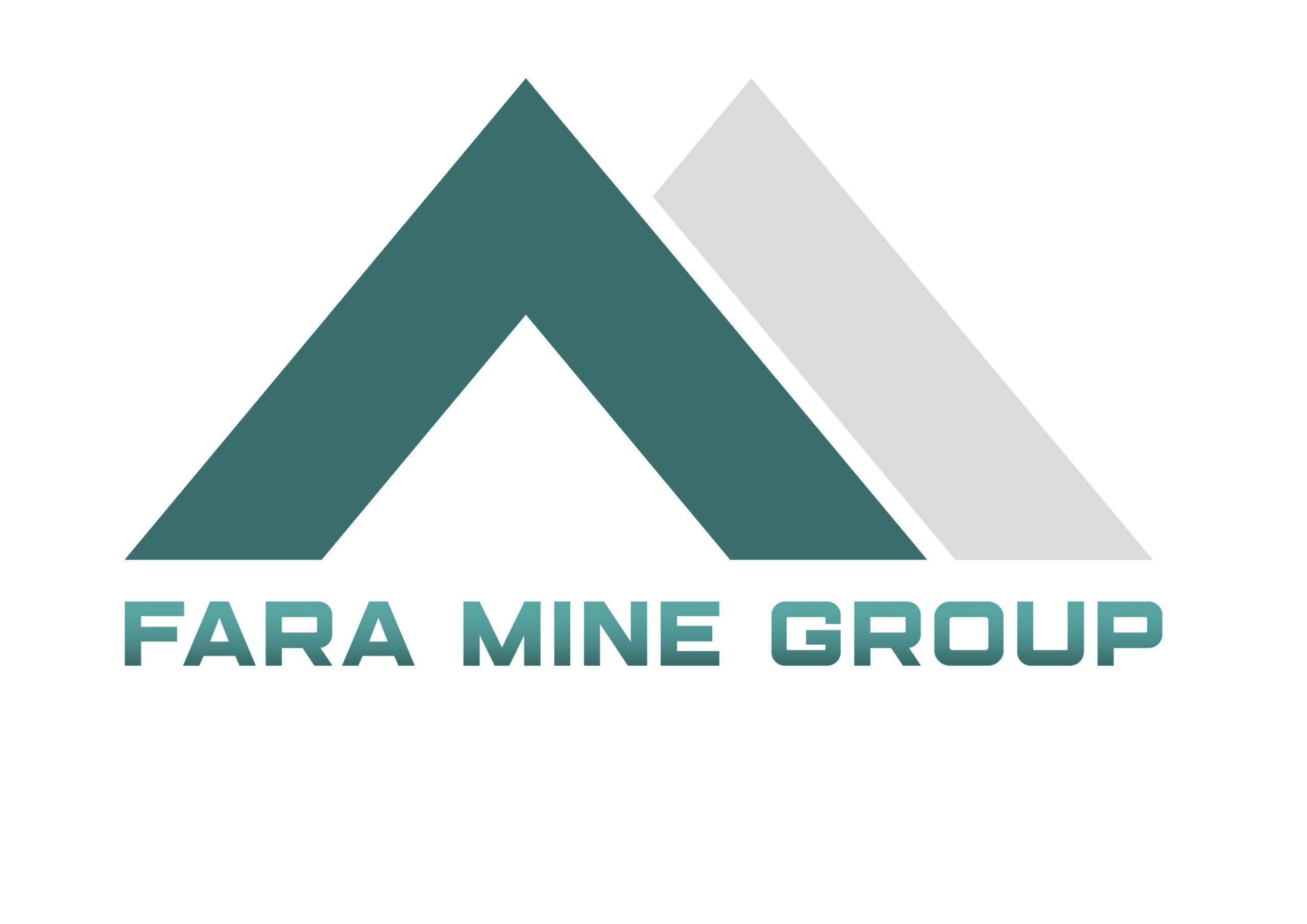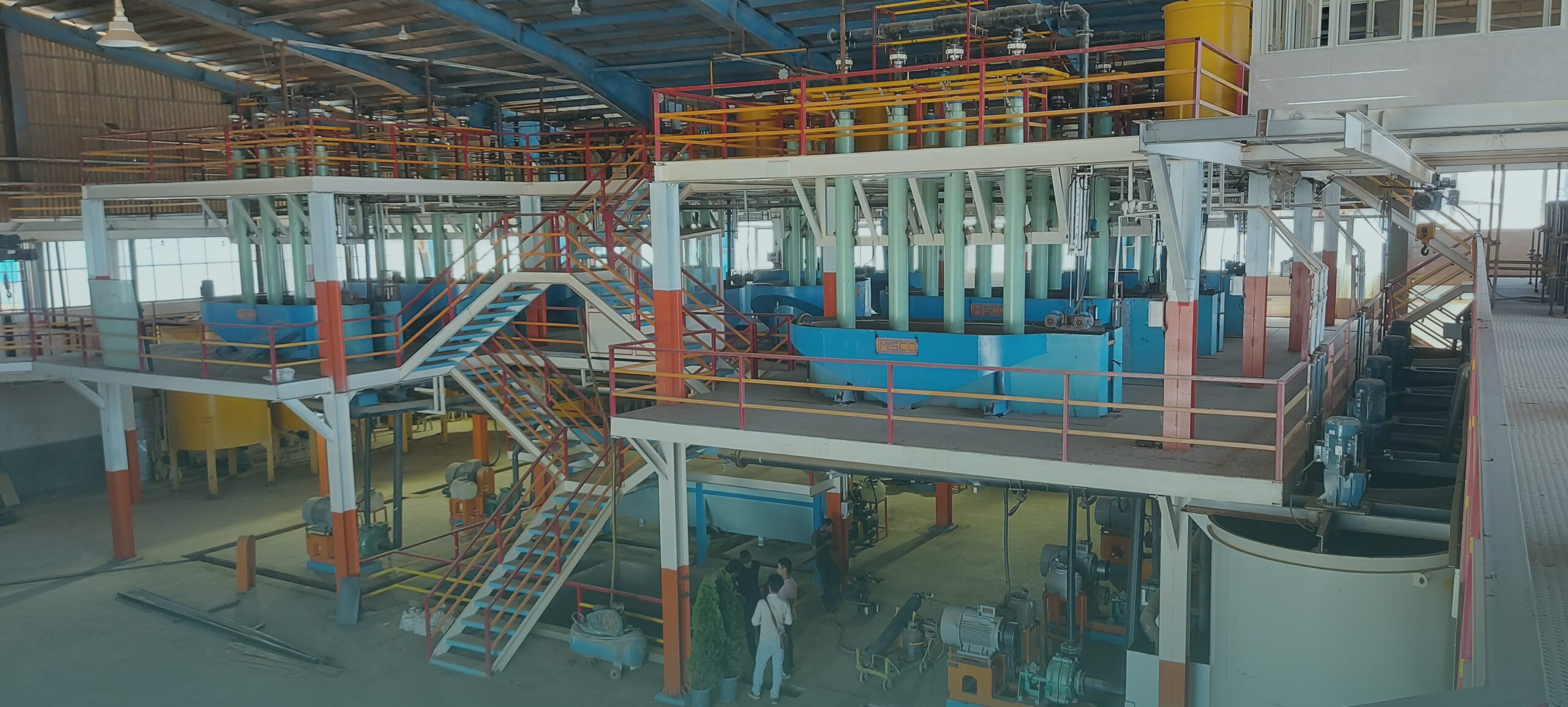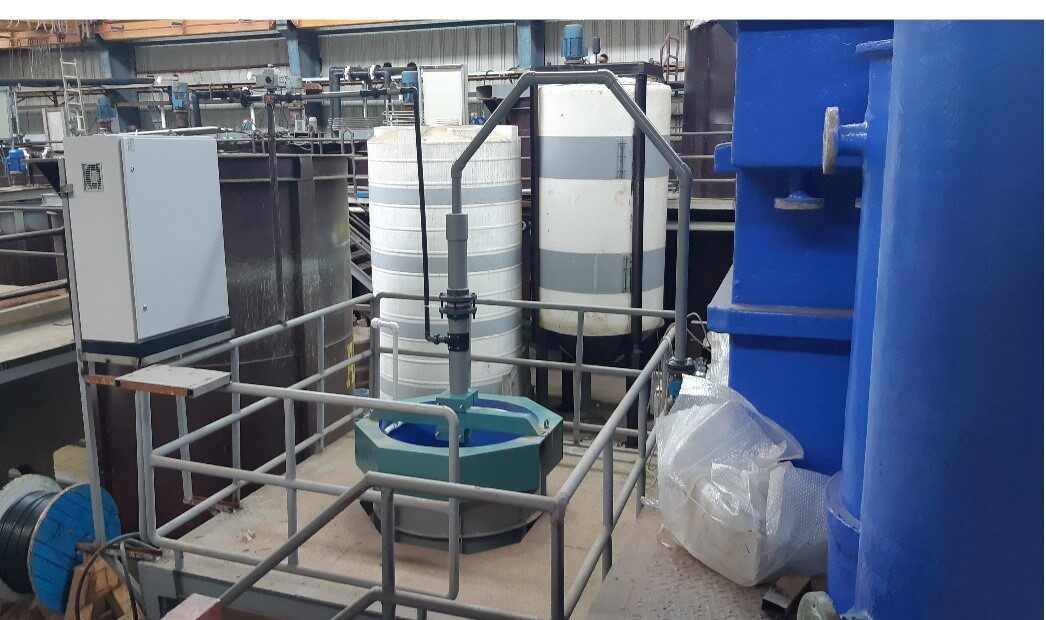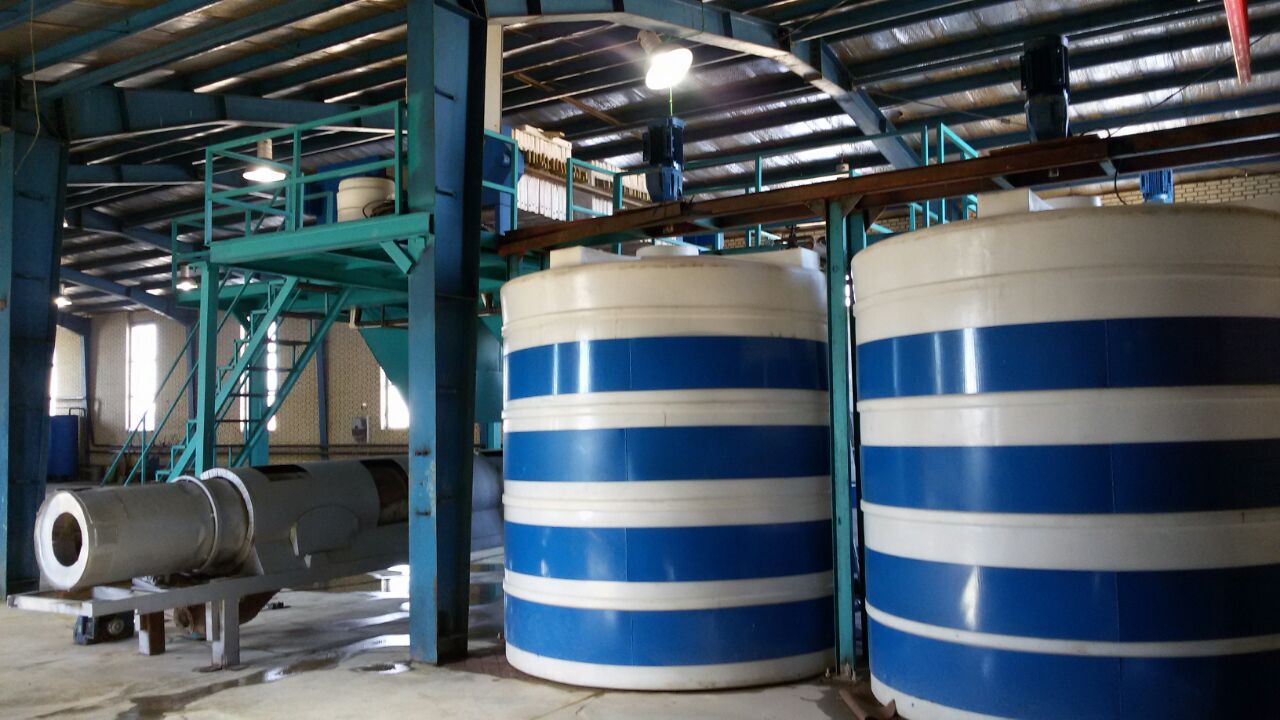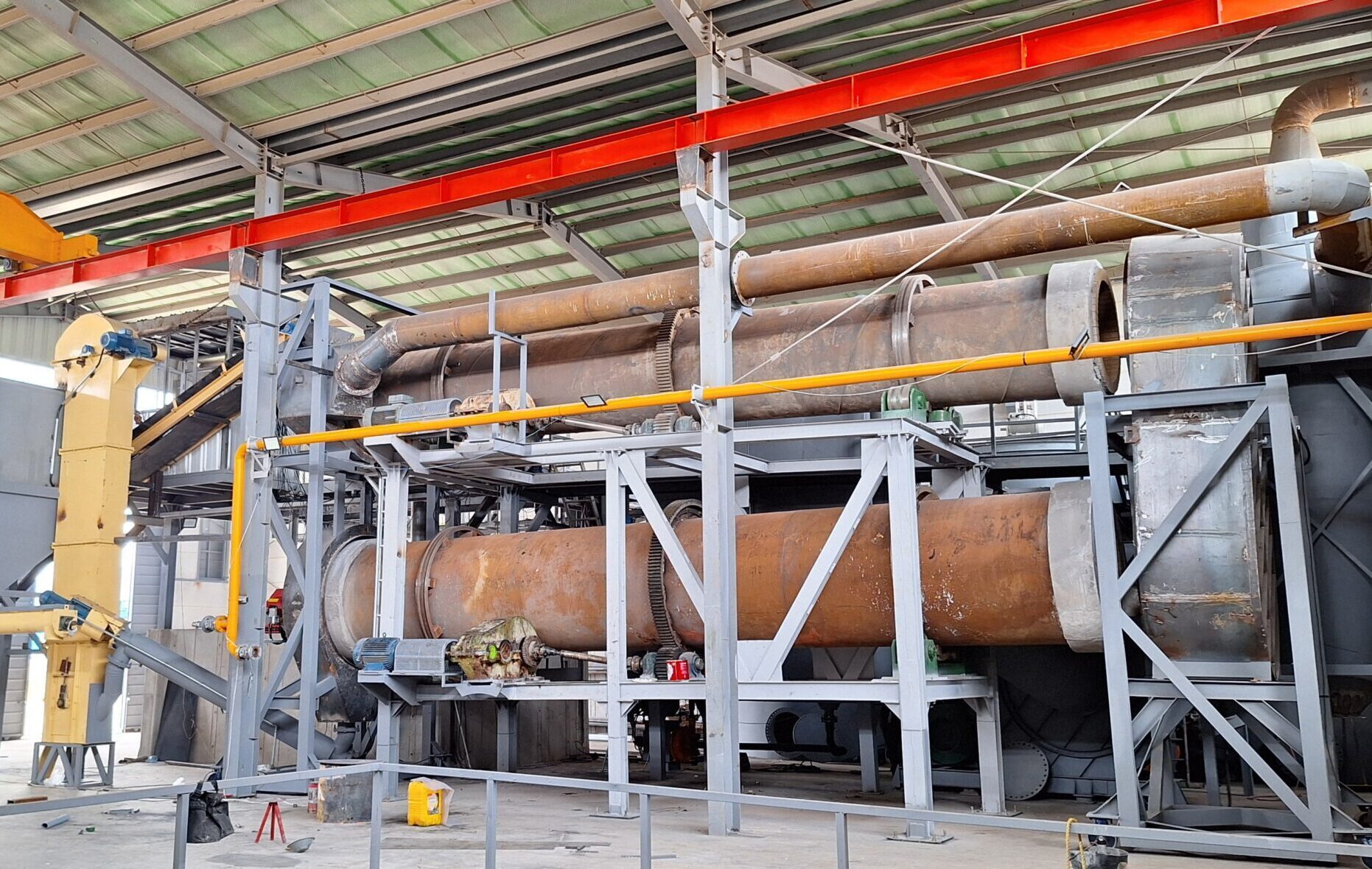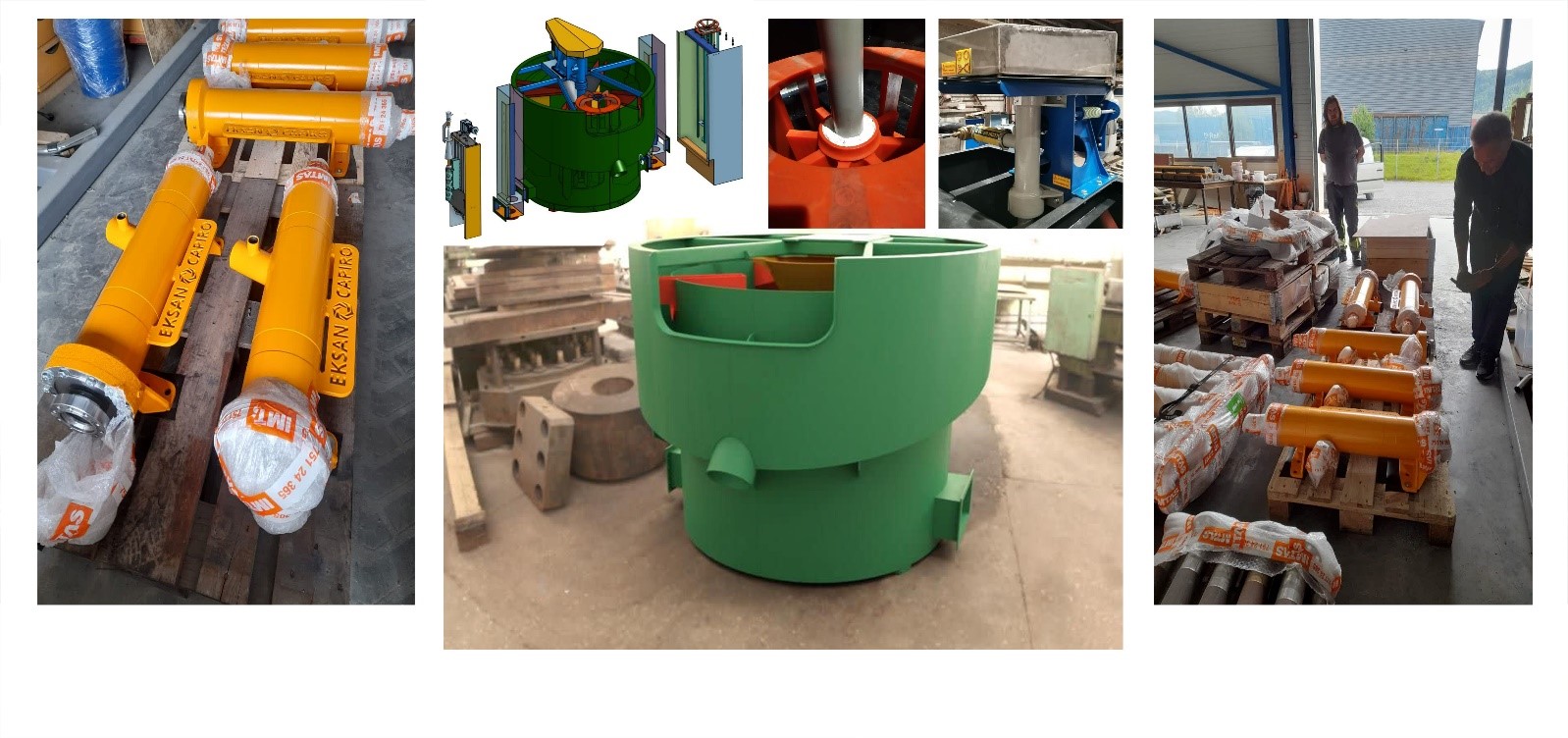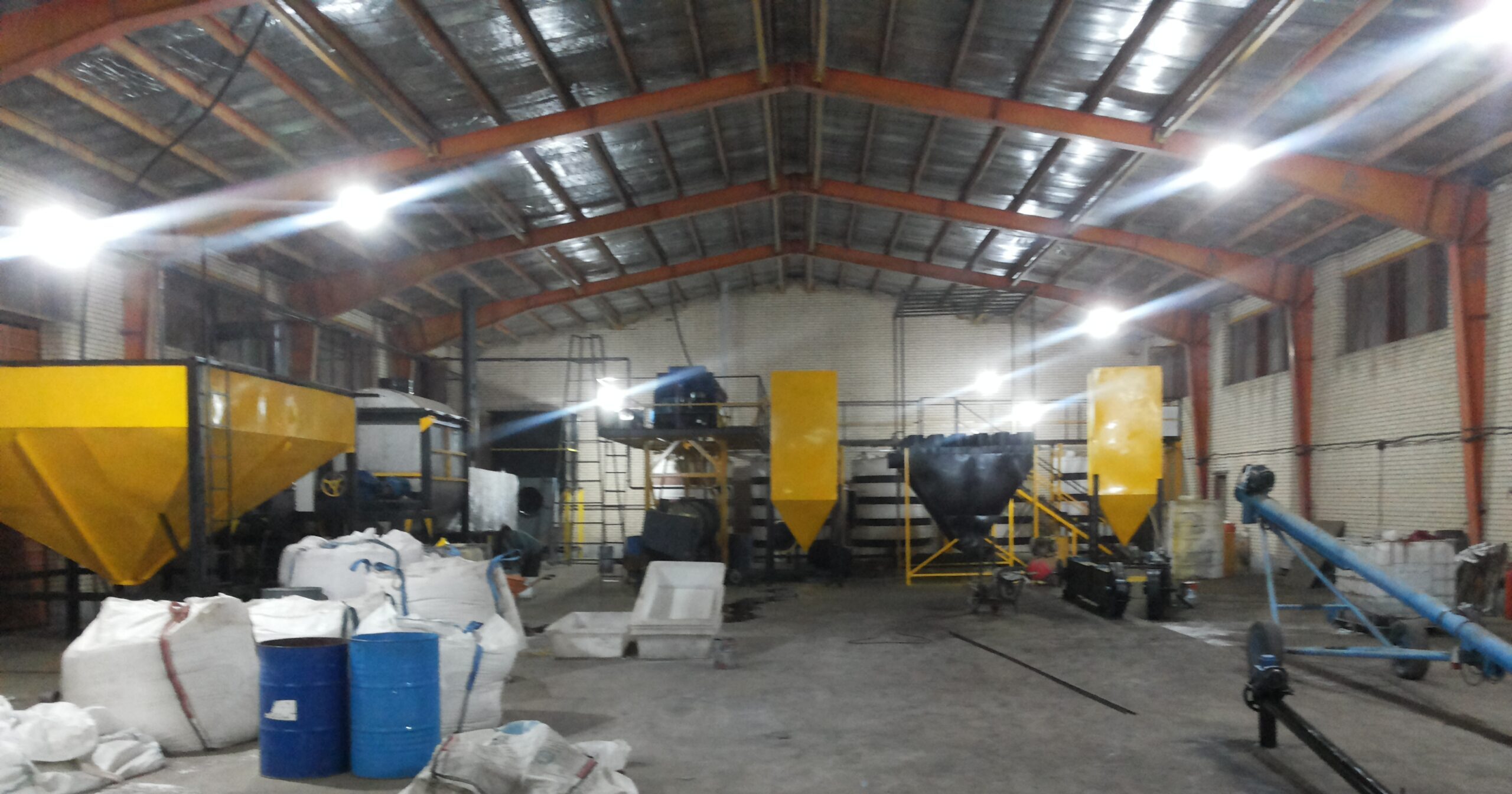Flotation, in technical terms, refers to the process of separating substances by floating. It is one of the methods used to concentrate or increase the grade of mineral materials (enrichment of materials) in the industry. Today, flotation is undoubtedly the most comprehensive and widely used method for mineral separation, and its application is expanding into new fields and for mineral processing.
Flotation is a process for separating hydrophobic materials from hydrophilic ones. This process is employed in mineral processing, paper recycling, wastewater treatment, and, most importantly, in the mineral processing industry. Historically, this process was first used in the mining industry and was one of the most powerful technologies of the 20th century. The development of flotation has improved the recovery of valuable minerals such as copper and lead ores. Alongside mechanized extraction, it has enabled the economic recovery of valuable metals from ores with much lower grades than in the past.
Flotation is one of the most widely used methods for processing mineral deposits, including sulfide ores. Consequently, laboratory flotation is of significant importance. Flotation is a physicochemical method that separates materials based on their surface properties.
Flotation, in technical terms, refers to the process of separating substances by floating. It is one of the methods used to concentrate or increase the grade of mineral materials (enrichment of materials) in the industry. Today, flotation is undoubtedly the most comprehensive and widely used method for mineral separation, and its application is expanding into new fields and for mineral processing.
Flotation is a process for separating hydrophobic materials from hydrophilic ones. This process is employed in mineral processing, paper recycling, wastewater treatment, and, most importantly, in the mineral processing industry. Historically, this process was first used in the mining industry and was one of the most powerful technologies of the 20th century. The development of flotation has improved the recovery of valuable minerals such as copper and lead ores. Alongside mechanized extraction, it has enabled the economic recovery of valuable metals from ores with much lower grades than in the past.
Flotation is one of the most widely used methods for processing mineral deposits, including sulfide ores. Consequently, laboratory flotation is of significant importance. Flotation is a physicochemical method that separates materials based on their surface properties.
The Faramin Asia Industrial and Mining Group, utilizing its experienced engineers in the field of flotation, is capable of conducting flotation tests using mechanical flotation cells with standard volumes of 1.5, 3, 5, and 10 liters. Additionally, tests can also be performed using a Jameson flotation cell on a laboratory scale. It is important to note that these tests are intended for processing the following types of ore deposits:
- lead sulfide flotation test
- zinc sulfide flotation test
- lead oxide flotation test
- multi-product flotation tests for lead and zinc
- copper sulfide flotation test
- copper oxide flotation test
- molybdenum flotation test
- iron desulfurization flotation test
- gold sulfide flotation test
- gold oxide flotation test
- antimony (stibnite) flotation test
